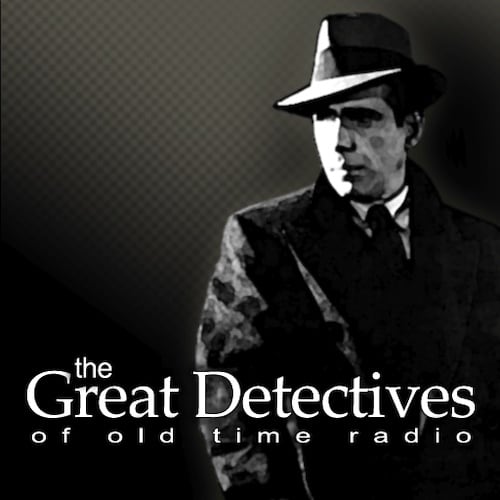Space 1999: Breakaway is Big Finish’s feature-length audio drama re-imaging of the first episode of the 1970s Gerry Anderson TV series Space 1999.
Commander John Koenig (Mark Bonnar) returns to his post in command of Moonbase Alpha in order to facilitate the launch of a probe towards the planet Meta. However, he arrives to find a mysterious illness said to be fake takes out the pilot of his ship and has ravaged the primary crew of the Meta Probe. Doctor Helena Russell (Maria Teresa Creasey) is trying to find some way to stop the illness while Commissioner Simmons (Timothy Bentinck) of the World Space Commission is thwarting her for fear the word of the illness will spread and stop the launch of the Meta probe.
In the interest of full disclosure, I did not grow up watching Space 1999 and have no nostalgia investment in the series. I did watch the TV episode “Breakaway” which has been made available on YouTube by DVD manufacturers Shout Factory prior to listening to the audio version. My initial impression of the TV episode is its fine. There are some interesting concepts, but it’s a bit dry for my taste.
However, the Audio Drama was superb. Writer Nicholas Briggs takes a fifty minute TV episode and turns it into an audio drama twice that length. While this is usually a recipe for a padded mess, I’m happy to report that’s not the case. The audio version has all the key plot points of the TV script with a lot of enhancements. The character feels more real and fleshed out. The pseudo-science of the series is a bit more realistic and grounded, with several aspects of the plot being far better explored over audio. The script is well-paced, it never drags. It held my interest from start to finish.
The acting is really good. I’d only heard Bonnar playing a Doctor Who enemy in Big Finish’s Doom Coalition and Ravenous box sets, so this is a very different performance. His performance is grounded, believable, and really engaging. Commander Koenig’s a man trying to make sure the Meta Probe, a project he’s put years of his life into, gets off the ground while also trying to protect the life of his crew. The story begins to reveal those goals may not be compatible. Creasey turned in a solid performance playing a character that could have easily been unlikable due to how harsh she is, but what came through is that Dr. Russell (Creasey’s role) is acting out of concern for human life and her anger is entirely appropriate.
The soundscape has nods to the original series, but it feels modern and cinematic. The audio version also features some superb including a great new take on the original theme.
My only criticism is there’s a scene where a news interview cuts to a documentary to facilitate exposition. That’s it, everything else is great. The listener should be warned that this is, in effect, the feature-length pilot episode that will set the stage for a new Space 1999 series and therefore raises a lot of questions that will be answered in the regular series.
Overall, this superb audio drama sets a high standard for the rest of the range.
Rating:4.5 out of 5
Space 1999: Breakaway is currently available exclusively at Big Finish’s website.
